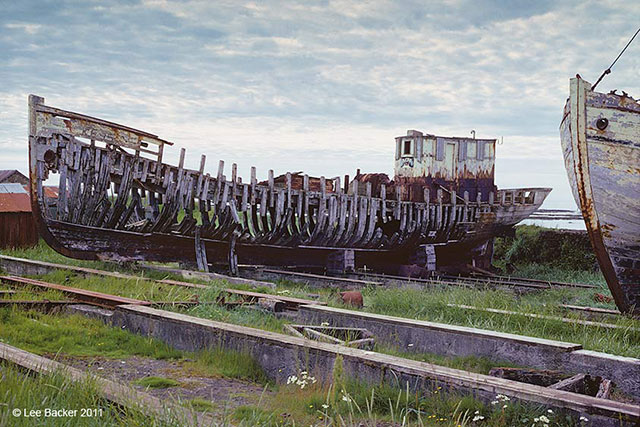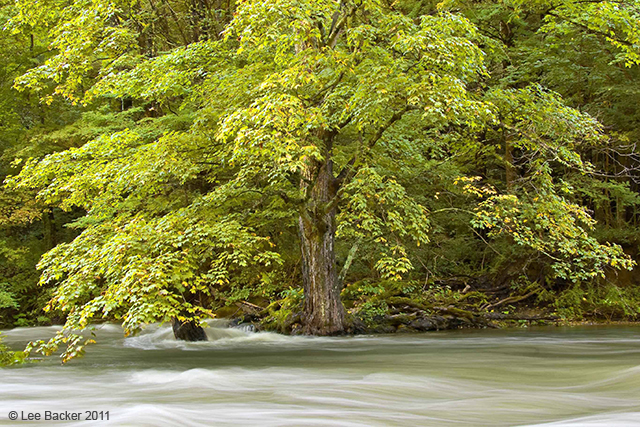I was quite pleased with the color images in my previous post, especially given that they are from negatives over 30 years old. However, when I made prints for a print critique session, I was surprised by everyone's reaction: “Make them in black and white.” The subject is the stones, their forms and textures, they said, not the color. So I made a black and white version of each, which you see here. Quite a different feeling in black and white! Why is that?
This is what I think occurs when viewing black and white photos. By removing color, an image is one step removed from reality. It is partially abstracted, and the viewer reacts differently to the image because of this abstraction. With black and white, the viewer's imagination plays a bigger role, much like the way a radio drama can engage the listener's imagination in ways that television can't.
I still like the color versions, but for me the black and white versions have a stronger impact. They are mysterious and mystical. To put it simply, the color image is closer to what I saw when I was there; the black and white is closer to what I felt.
What are your thoughts? Which version do you like better, the color or the black and white? Why?


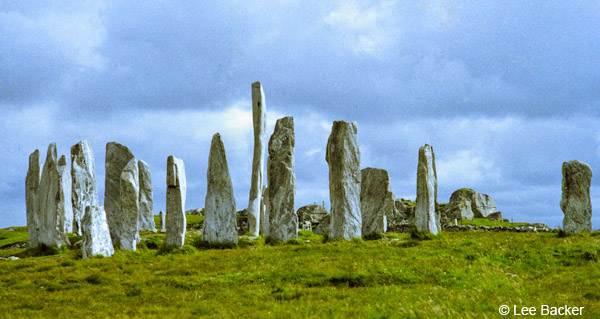
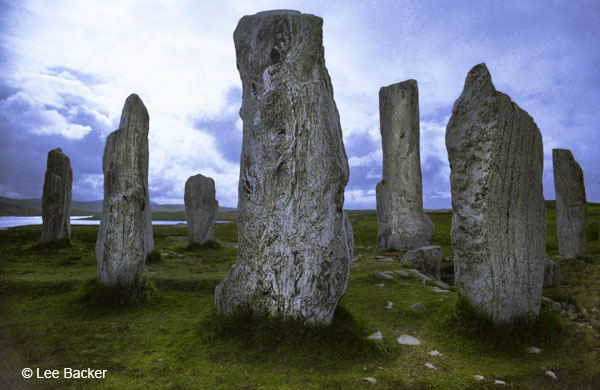

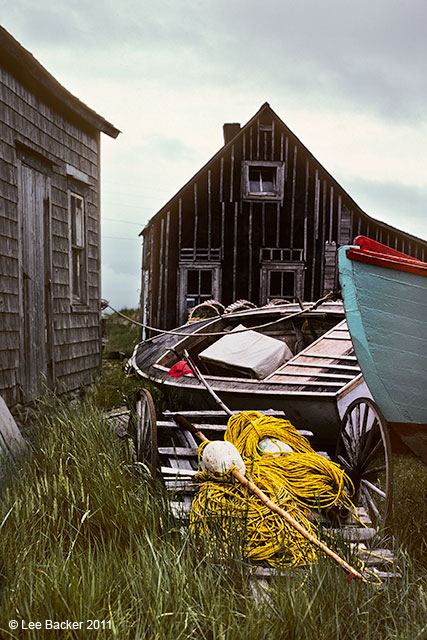
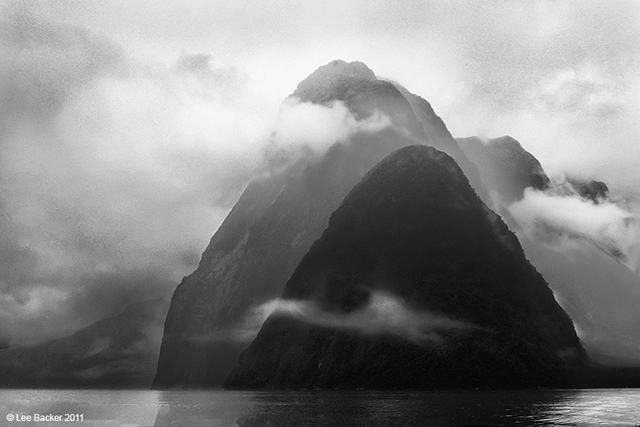
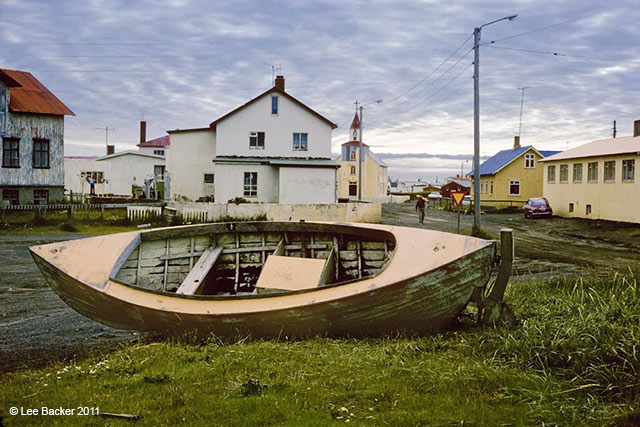 I began a project this year that I've been meaning to do for a long time. I have begun to scan my archives of 35mm film into my computer and convert them to digital images. I began photography around 1969 and didn't maintain a consistent filing system for negatives or slides. Many slides remained in their original yellow boxes from Kodak. So I knew I was in for a long, slow journey viewing forgotten images.
I began a project this year that I've been meaning to do for a long time. I have begun to scan my archives of 35mm film into my computer and convert them to digital images. I began photography around 1969 and didn't maintain a consistent filing system for negatives or slides. Many slides remained in their original yellow boxes from Kodak. So I knew I was in for a long, slow journey viewing forgotten images.